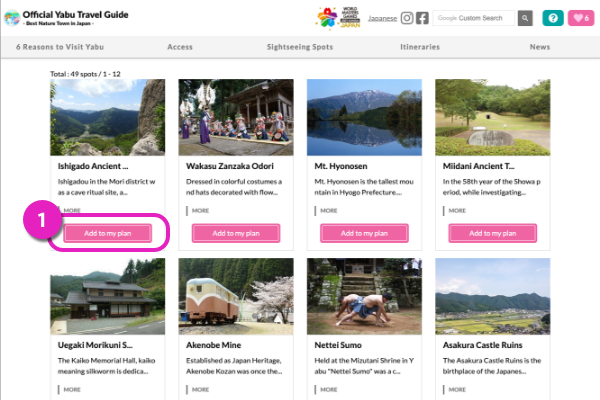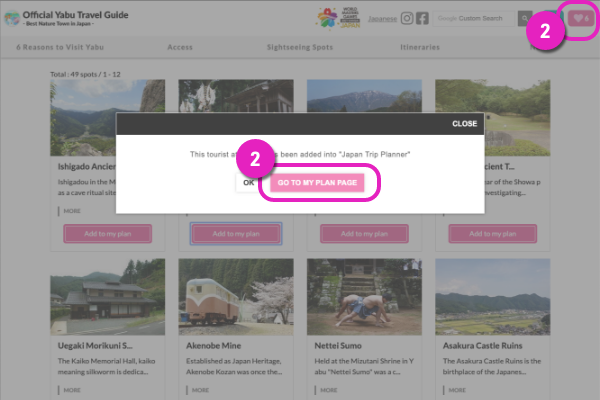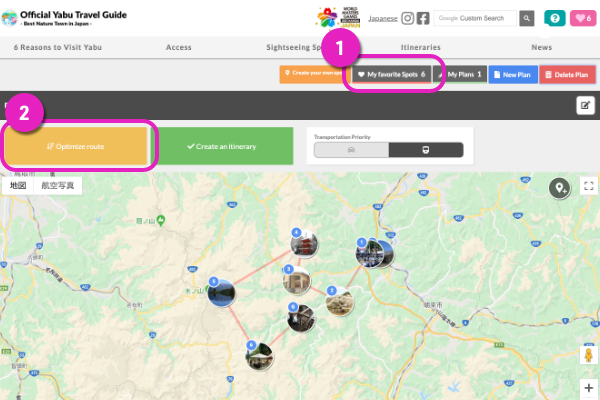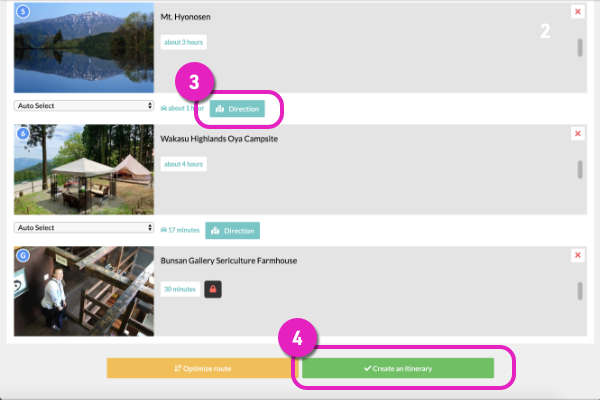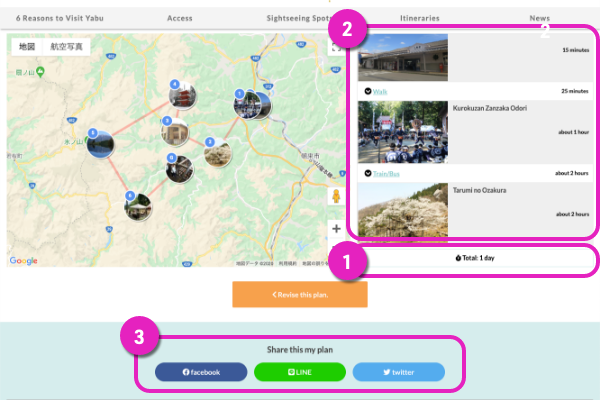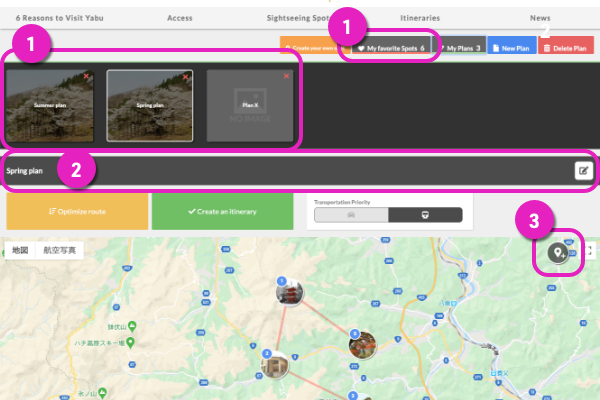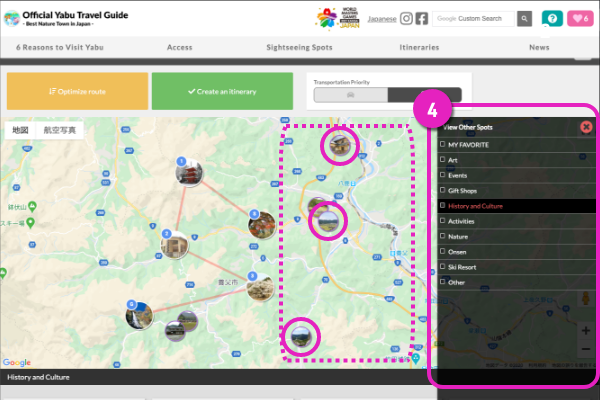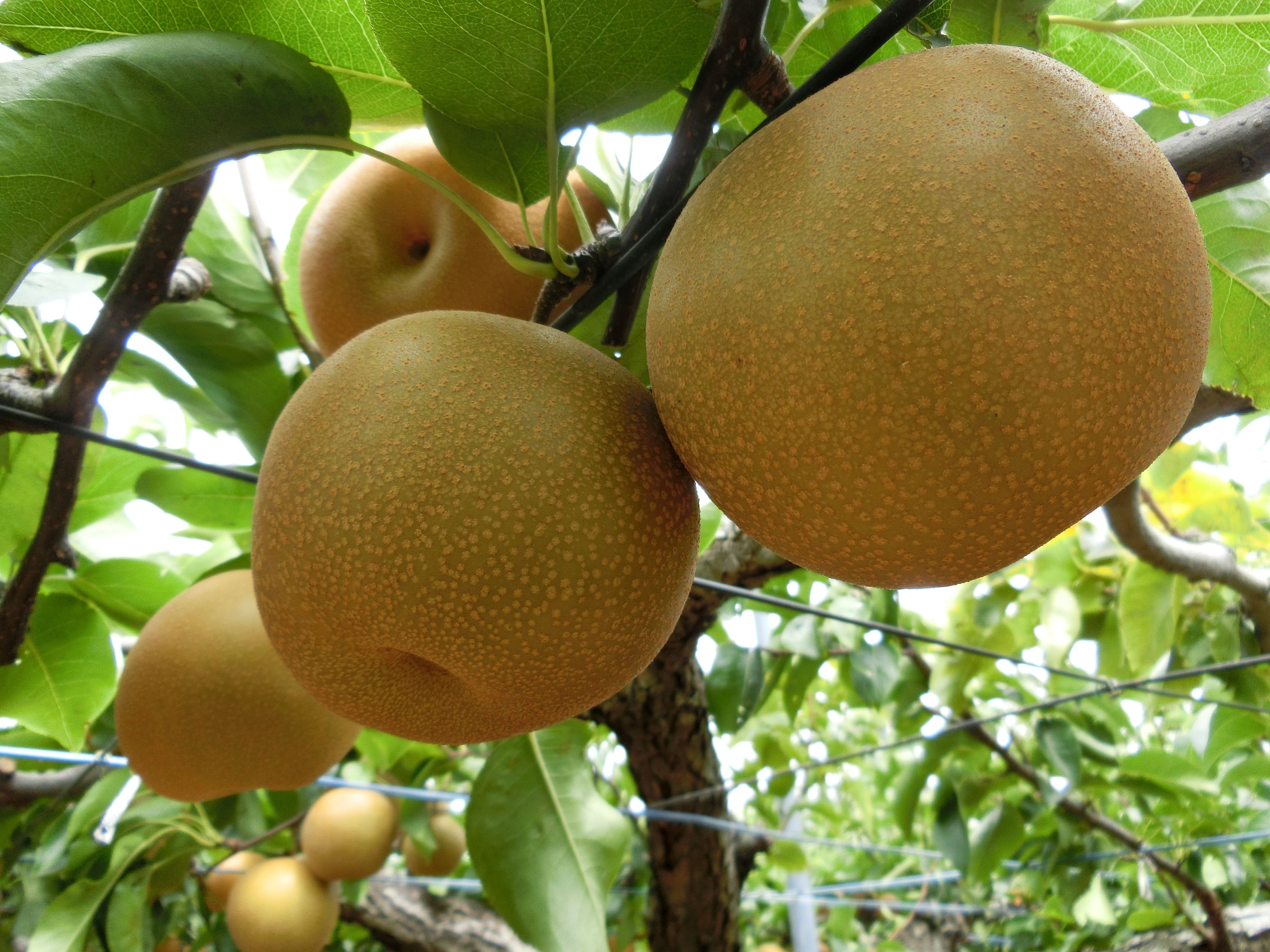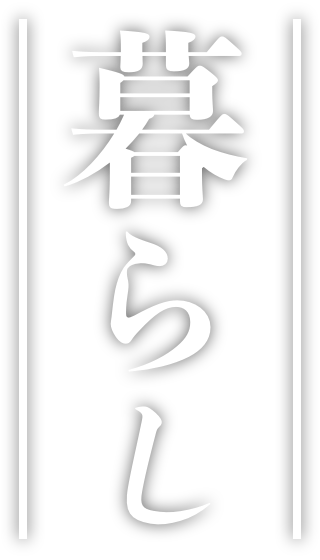
Living
A Gift from the Maki of Bōsō : The “Agricultural Kingdom”
From the Edo period, a part of Koganemaki was cultivated and pears were grown in the area. Chiba is the No. 1 pear-producing prefecture in Japan and pear farms spread over Kamagaya City and Kashiwa. The site of Sakuramaki has undergone extensive cultivation and is leading in the production of peanuts and watermelon in Japan. The “rakkabocchi” which can be seen during the harvest season at Yachimata creates a landscape unique to the area. From the background of rearing cattle, there are local delicacies of Kamogawa (where Mineokamaki is located) which have been passed down to the present day. More than 200 dishes are made as meals or as snacks utilizing many foods such as what is called the “Chikkokatametāno” (milk which has been solidified) which is similar to “Milk Tofu”.
Recommend Spots

Former Yoshida Residence
Maki-area: Kogane-maki
The Koganemaki Inspector Mokushi (a governmental post in charge of maintaining pastures) Yoshida family were involved with the management of maki (pastures) over four generations. The main building is a wooden single-story house with a thatched roof which was built in Kaei 6 (1852). The study is a wooden single-story building with a pantile roof built in the same year.

Sanrizuka Imperial Pasture Memorial Hall
Maki-area: Sakura-maki
It was opened on the place where the Imperical Ranch Office was located, in order to remember the Shimōsa Imperial Pasture which left its mark as a pioneer of livestock development in Japan on the grounds of Sanrizuka from the beginning of the Meiji Era.
